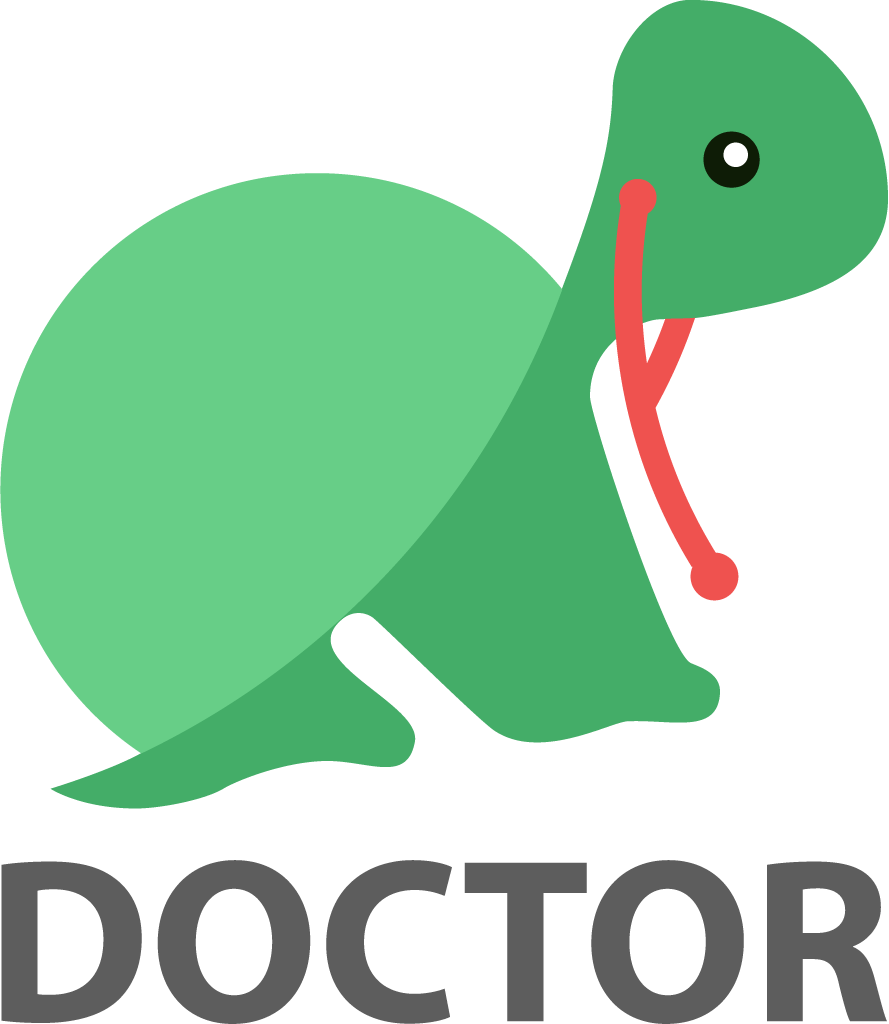https://github.com/minio/doctor
Doctor is a documentation server for your docs in github
https://github.com/minio/doctor
dashboard docker document-management markdown postgres rails ruby ruby-on-rails
Last synced: about 1 month ago
JSON representation
Doctor is a documentation server for your docs in github
- Host: GitHub
- URL: https://github.com/minio/doctor
- Owner: minio
- License: apache-2.0
- Archived: true
- Created: 2016-06-21T21:32:21.000Z (over 9 years ago)
- Default Branch: master
- Last Pushed: 2019-08-22T16:55:54.000Z (about 6 years ago)
- Last Synced: 2024-12-06T00:29:41.186Z (11 months ago)
- Topics: dashboard, docker, document-management, markdown, postgres, rails, ruby, ruby-on-rails
- Language: Ruby
- Homepage:
- Size: 2.98 MB
- Stars: 391
- Watchers: 14
- Forks: 74
- Open Issues: 6
-
Metadata Files:
- Readme: README.md
- License: LICENSE
Awesome Lists containing this project
- awesome-ruby - Doctor - Doctor is a Documentation Server for all your docs in github. (Documentation)
- awesome-starred - minio/doctor - Doctor is a documentation server for your docs in github (markdown)
README

# What is Doctor
* Doctor is a Documentation Server for all your project docs.
* Doctor beautifully decouples document serving and document contents.
* Create your docs in markdown. Store them anywhere (github/dropbox/google drive/ anywhere really).
* Login to Doctor's Dashboard. Setup links to your doc files in Doctor's Dashboard.
* You are done!
## Live Demo
* [Doctor's website](http://doctor.minio.io) is a site hosted on doctor using this very Readme.MD file. Yeah very meta.
* [Minio Docs](https://docs.minio.io) has a doctor server running that pulls together MD files that reside across a number of github repos :
Eg:
* README.md in https://github.com/minio/minio
* Markdown files in https://github.com/minio/minio/tree/master/docs
You may use the `Suggest Edits` feature in Doctor to submit changes to any of the MD files in github. Doctor relies on github workflow to accept PRs for changes.
## Deployment
### Heroku
[](https://heroku.com/deploy?template=https://github.com/minio/doctor)
### Scalingo
[](https://my.scalingo.com/deploy?source=https://github.com/minio/doctor)
### Docker
[](https://hub.docker.com/r/minio/doctor/)
#### Using Docker Compose
Pre-requisite: Install and set up [docker](https://docs.docker.com/engine/installation/) on your machine.
```bash
# get the docker-compose.yml file from the minio/doctor repo
wget https://raw.githubusercontent.com/minio/doctor/master/docker-compose.yml
wget https://raw.githubusercontent.com/minio/doctor/master/.env
# If you want to start the services in production
RAILS_ENV=production docker-compose up -d
# If you want to start the services in development
docker-compose up -d
# get the container name of the web service
docker ps
# setup the database in a one-off command
docker exec docapp bundle exec rake db:setup
```
* Open http://localhost:3000 on your browser to see doctor running from docker container.
* Note: If you start doctor in production mode, all http requests are redirected to https.
## Features
* Documents are organized under Categories.
* Login to the dashboard
* Step 1 : Use the Dashboard to create a new Category : http://localhost:3000/categories/new
* Step 2 : Use the Dashboard to create a link to a new Document : http://localhost:3000/docs/new
* Step 3: Paste the raw URL to the md file when linking a new document. The "Raw" button is on the top of the MD file in github.
* Required : All documents need to be associated under a Category
## Development
### Quickstart: Setup on OSX
* Install Ruby 2.2.2 using the instructions [here](https://rvm.io/rvm/install).
* Install Rails 4.2.4 using the instructions [here](https://rvm.io/rvm/install).
* Install Postgres using the command `brew install postgres`. Configure Launch Agent to start it automatically or use the command `pg_ctl -D /usr/local/var/postgres -l /usr/local/var/postgres/server.log start` to start it manually.
### Quickstart: Setup on Ubuntu
* Install Rails & Ruby using the instructions [here](https://www.digitalocean.com/community/tutorials/how-to-install-ruby-on-rails-on-ubuntu-14-04-using-rvm).
* Install Postgres using the instructions [here](https://www.digitalocean.com/community/tutorials/how-to-install-and-use-postgresql-on-ubuntu-14-04).
Clone and start doctor
```
> git clone https://github.com/minio/doctor.git
> cd doctor
> bundle install
> rake db:drop
> rake db:setup
> rails s
```
Now visit http://localhost:3000
Use `sysadmin@doctor.io` with password `Doctor!23` to login. Visit [http://localhost:3000](http://localhost:3000) to navigate the docs. This can be changed anytime via the Dashboard. We highly recommend that you do if you use Doctor in deployment.
**Note** -
* On Ubuntu vanilla installations, `bundle install` sometimes may not go through smoothly. In that case, you may need to run `sudo apt install libpg-dev`
* If you get error message: `Gem Load Error is: Could not find a JavaScript runtime. See https://github.com/rails/execjs for a list of available runtimes.`, during `bundle install`,
then run `sudo apt-get install nodejs`
* If you see error: `ActiveRecord::NoDatabaseError: FATAL: role does not exist` during `rake:db setup`, then run: `sudo -u postgres createuser --superuser `
* Ping us on our [gitter channel](https://gitter.im/minio/minio) to report any installation issues on your platform.